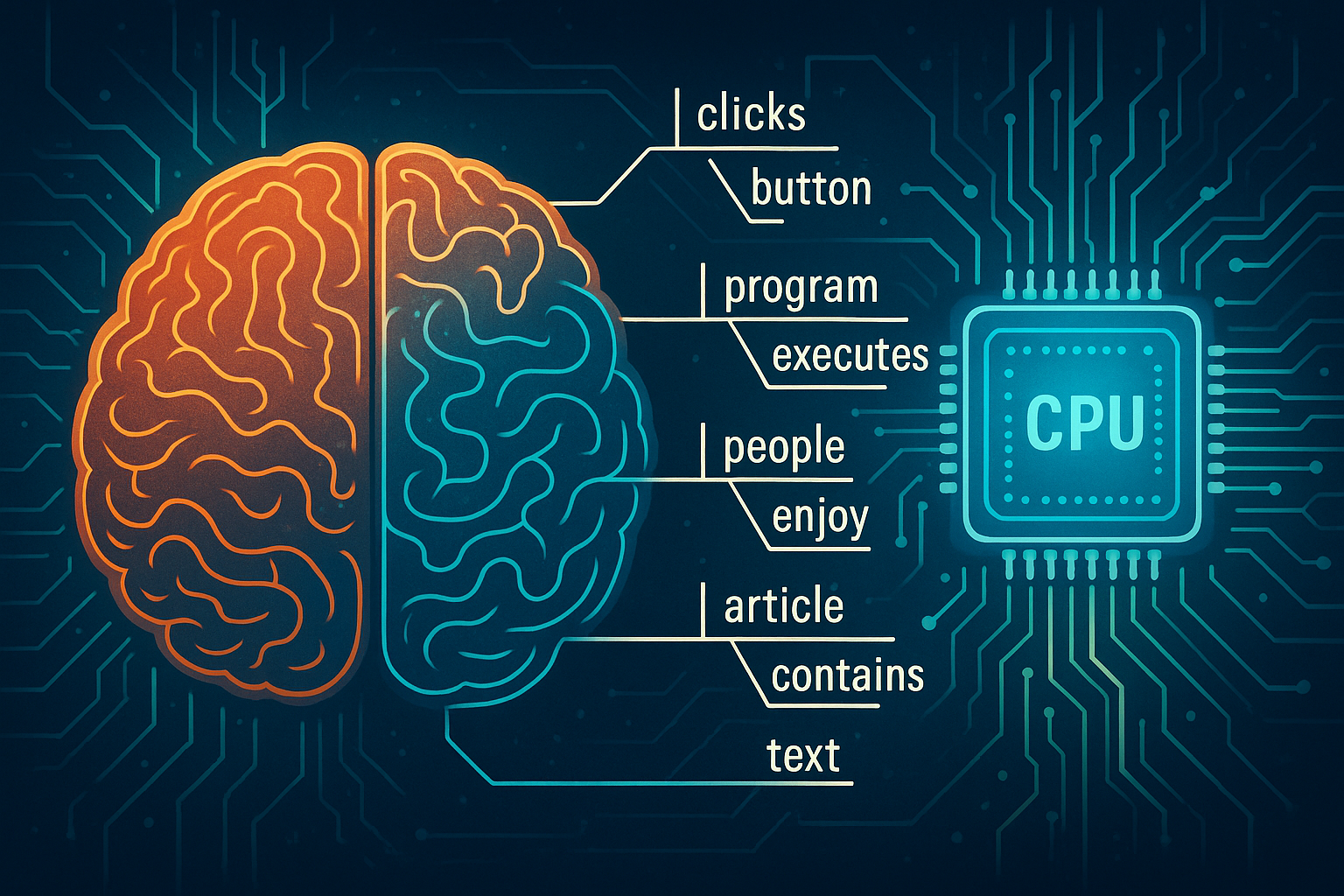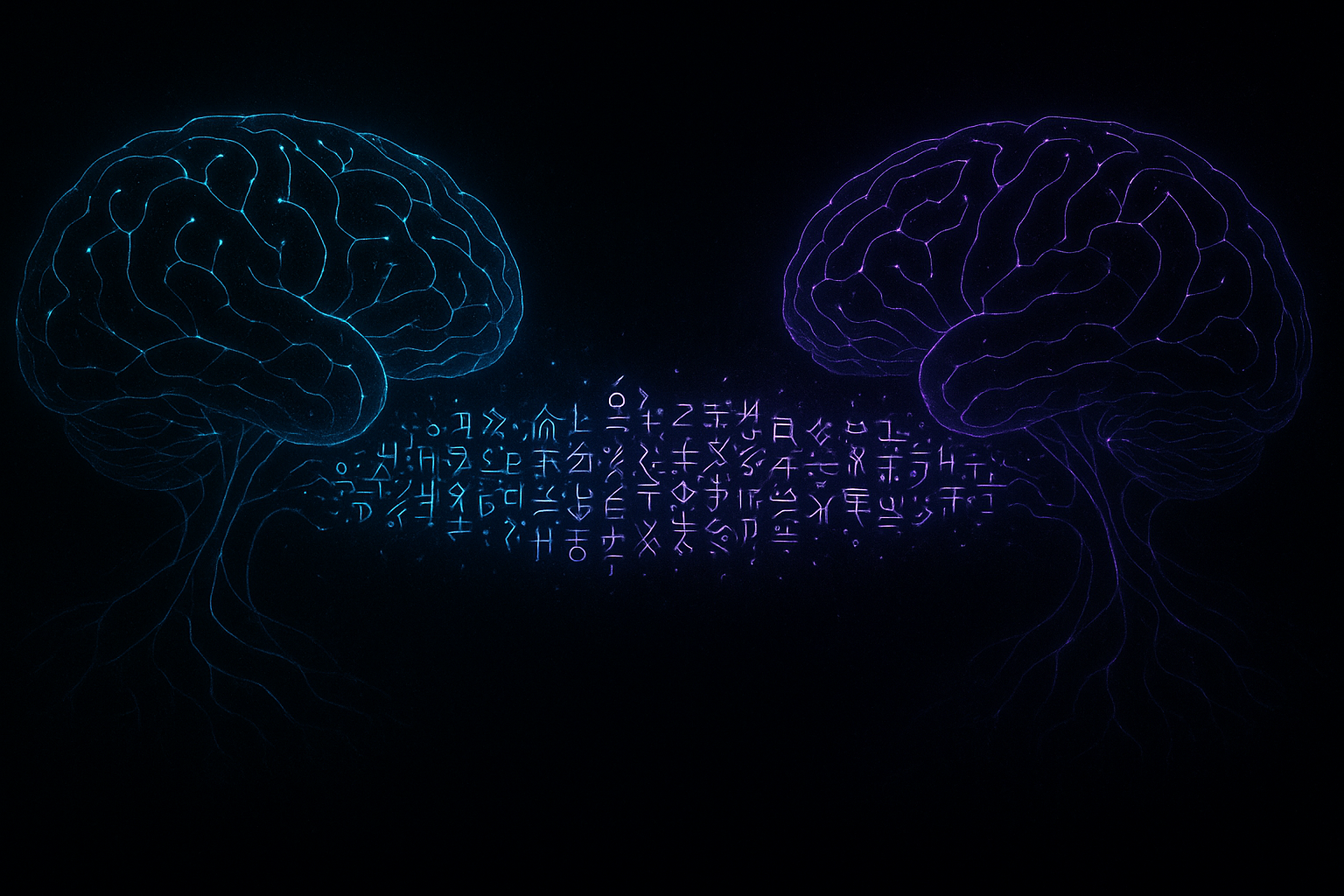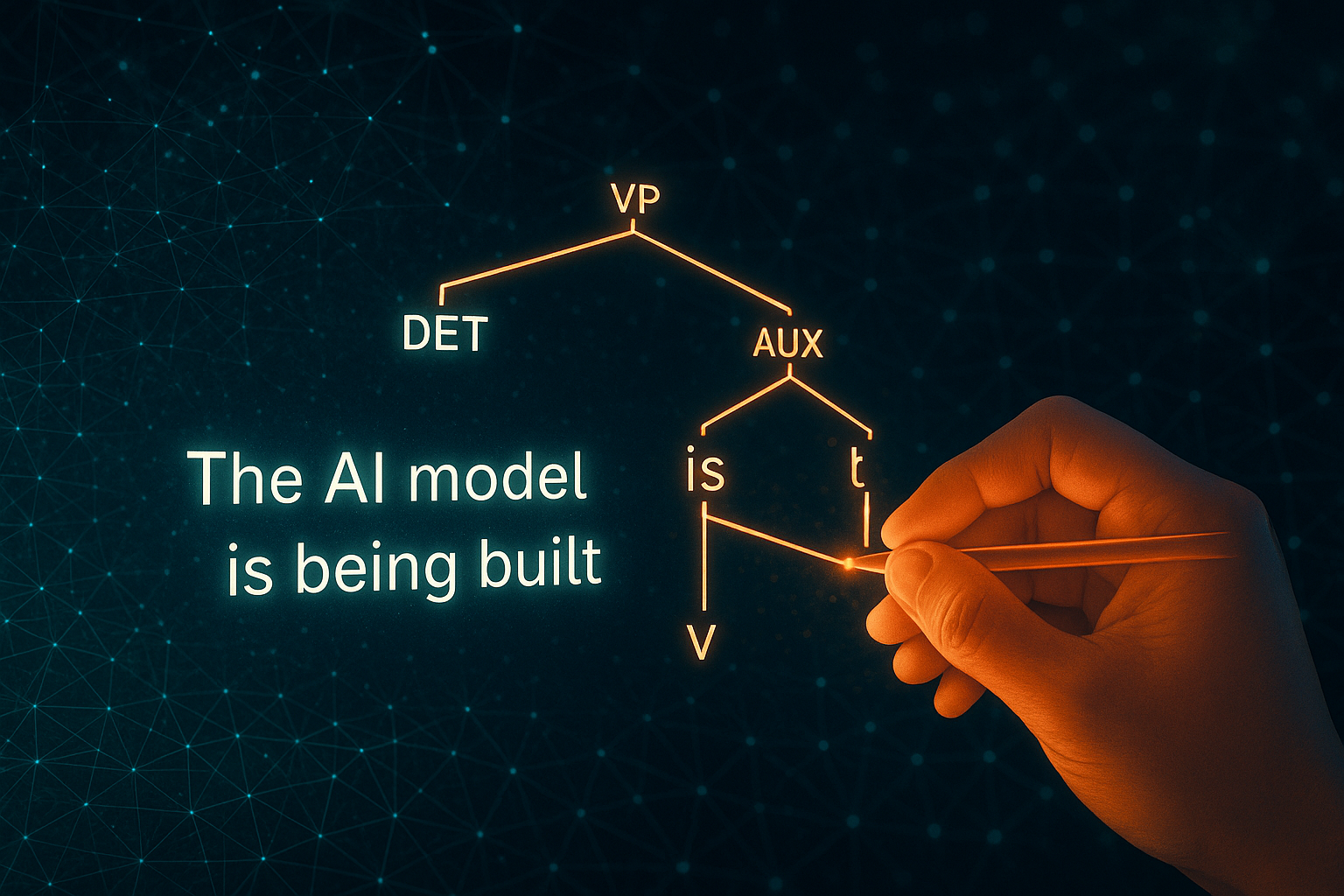We often refer to Python, Java, or C++ as “computer languages,” a term that feels both intuitive and slightly misleading. It implies they are alien tongues spoken by silicon brains. But what if we saw them differently? What if we viewed them as meticulously crafted constructed languages, like Esperanto or Klingon, designed not for intergalactic diplomacy, but for the most precise communication imaginable: telling a machine exactly what to do.
At their core, programming languages are a fascinating intersection of formal logic and human linguistics. They are built upon the same foundational principles that govern how we write, speak, and understand each other. By exploring the “grammar” of code, we can uncover a deep and surprising connection between the structure of human language and the architecture of the digital world.
The Grammar of Code: Syntax as the Rules of the Road
In any human language, syntax refers to the set of rules that dictate how words are arranged to form valid sentences. We intuitively know that “The quick brown fox jumps over the lazy dog” is a syntactically correct English sentence. We also know that “Fox lazy the jumps dog over brown quick the” is a jumble of words—a syntax error. The meaning is lost because the structure is broken.
Programming languages operate on the same principle, but with absolute rigidity. The syntax of a language like Python is its non-negotiable grammar. It defines where to put colons, how to indent code blocks, and which symbols to use for specific operations. A single misplaced comma or a forgotten parenthesis is not a minor typo; it’s a critical failure that prevents the program from running at all.
Consider this simple piece of Python code:
age = 25
if age >= 18:
print("You are an adult.")This structure is syntactically perfect. The colon after if age >= 18 and the indentation of the print statement are grammatical requirements of Python. They signal a conditional relationship, much like how word order and conjunctions create subordinate clauses in English. If we were to write it without the colon:
# This will cause a SyntaxError!
if age >= 18
print("You are an adult.")The program fails. The computer’s “compiler” or “interpreter”—its ultimate grammar checker—doesn’t try to guess our intent. It sees a broken rule and stops. There is no room for the “close enough” that we humans navigate so effortlessly.
More Than Just Rules: Semantics, the Meaning Behind the Code
If syntax is the structure of a sentence, semantics is its meaning. In natural language, “The dog chased the cat” and “The cat was chased by the dog” have different syntax (active vs. passive voice) but nearly identical semantics. We understand the core meaning is the same.
However, natural language is famously, and beautifully, ambiguous. Consider the sentence:
I saw the man on the hill with a telescope.
Who has the telescope? Me, or the man on the hill? Our brains use context, experience, and subtle cues to make a best guess. For a machine, this ambiguity would be catastrophic. If it’s controlling a drone, does it look at the man on the hill, or does it use a telescope to find a man anywhere on the hill? The difference is critical.
Programming languages are designed to eliminate semantic ambiguity. Every statement must have one, and only one, possible interpretation. The semantics are baked into the language’s design. For example, in many languages:
x = 10has the semantic meaning of assignment. It commands the computer to “assign the value 10 to the variable named x.”x == 10has the semantic meaning of comparison. It asks the computer a true/false question: “Is the value of x equal to 10?”
A single character change (`=` vs. `==`) completely alters the meaning. While a human might infer the programmer’s intent from the surrounding code, the machine takes the instruction literally. This demand for semantic precision is the fundamental contract between a programmer and a computer.
Building Meaning: Hierarchies and Compositionality
One of the most powerful features shared by human and programming languages is compositionality. This is the principle that the meaning of a complex expression is determined by the meanings of its smaller parts and the rules used to combine them. We understand a story by understanding its paragraphs, which are made of sentences, which are made of words.
Programming languages are meticulously hierarchical in the same way:
- Values and Variables (e.g.,
18,age) are like words or basic concepts. - Expressions (e.g.,
age >= 18) combine these values into phrases that can be evaluated. - Statements (e.g.,
print("You are an adult.")) are like complete sentences that perform an action. - Functions or Methods group statements together to perform a coherent task, acting like a paragraph that encapsulates a single idea.
- Programs are the final essays or books, combining all these elements to create a complex and functional whole.
This hierarchical structure is what allows us to build immense, complex software systems—from a mobile app to a planetary climate model—out of simple, logical, and understandable building blocks. It’s a testament to the power of structured, compositional design, a principle lifted directly from the playbook of language.
The Unspoken Context: Pragmatics in Programming
Linguistics also has a concept called pragmatics—the study of how context contributes to meaning. When someone asks, “Can you pass the salt?” they are not questioning your physical ability. Pragmatically, it’s a request. While computers don’t understand pragmatics (they only care about syntax and semantics), this social layer of language is surprisingly vital in programming.
The “pragmatics” of code is not for the machine; it’s for the other humans who will read, maintain, and update the code. This includes:
- Variable Naming: Naming a variable
customer_email_addressinstead ofxgives it a clear, pragmatic purpose for the human reader. - Code Comments: Comments are notes written in natural language that explain the why behind a piece of code—its intent and purpose, which the code itself cannot always convey.
- Style Guides: Conventions like Python’s PEP 8 are the “etiquette” of a programming language. They ensure that code written by different people has a consistent look and feel, making it easier for everyone in the community to understand.
This human-to-human communication is just as critical to building successful technology as the human-to-machine instructions.
The next time you see a block of code, don’t just see a cryptic wall of text. See it for what it is: a language. A language with a strict grammar, an unambiguous vocabulary, and a rich, compositional structure. These principles, borrowed from the very essence of human communication, are what enable us to translate our logical thoughts into machine action, building our increasingly digital world one precise, meaningful statement at a time.










